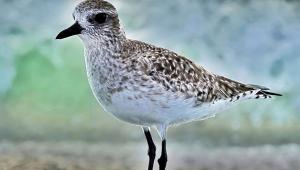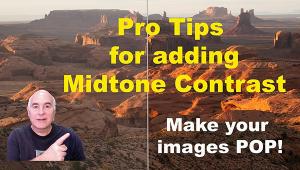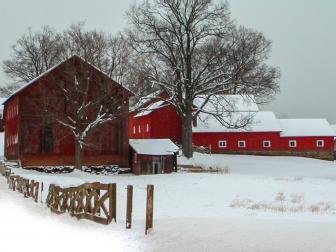Tamron’s SP AF70-200mm F/2.8 Di LD (IF) Macro; A Digitally Optimized, Wide Aperture Pro-Grade Zoom With Close-Focusing Ability Page 2
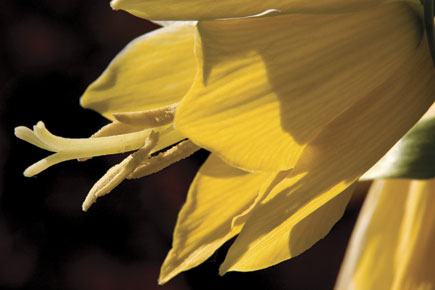 |
|
|
The Bottom Line
Anyone who still doubts that a zoom can match a “prime” lens should certainly try this one. It’s an eye-opener. In spite of the remarkably competitive price, it’s a first-class performer in terms of sharpness, resolution of intricate details as well as freedom from flare and color fringing. Overall, this multi-platform Tamron lens’ optics, autofocus, and rugged construction make it ideal for those who want a superior “fast” telephoto zoom. On cameras with a typical APS-C sensor size, the effective focal length is 112-320mm (Canon) or 100-300mm (other D-SLRs), but the lens also accepts the Tamron SP AF Pro tele-converters.
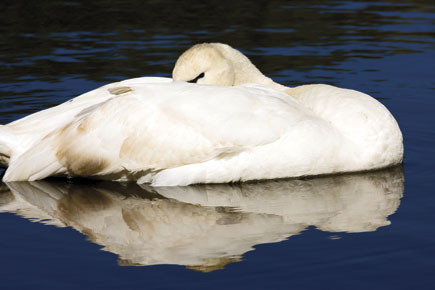 |
|
|
Check out this zoom in person to determine whether you’ll be comfortable in carrying and handling a 2.5-lb lens. Frankly, some shooters will prefer something like the 15.2 oz AF18-250mm F/3.5-6.3 Di-II LD Aspherical (IF) Macro zoom, exclusively for D-SLRs with the APS-C size sensor. Though not intended for everyone, the multi-platform Tamron SP AF70-200mm F/2.8 Di LD (IF) Macro model will satisfy serious photographers. Considering its level of performance, this zoom offers excellent value; used with the right shooting techniques, it will pay dividends in terms of pro-caliber images.
For more information, contact Tamron Lenses USA, Inc., 10 Austin Blvd., Commack, NY 11725; (800) 827-8880; www.tamron.com.
 |
|
|
Technical Specifications
Format: For 35mm SLRs and D-SLRs regardless of sensor size
Minimum Aperture: f/32
AF System: Internal focusing; clutch for shifting between AF and MF
Lens Construction: 18 elements (including three low dispersion) in 13 groups
Angle Of View: 34.21 to 12.21?
Minimum Focusing Distance: 3.1 ft (1:3.1 reproduction ratio at 200mm)
Filter Size: 77mm
Dimensions/Weight: 7.6x3.5”; 40.6 oz plus tripod mount
Accessories: Lens hood and removable tripod-mounting collar included
Available Mounts: Canon and Nikon; Sony and Pentax mounts in future
Average Street Price: $699
A long-time “Shutterbug” contributor, stock photographer Peter K. Burian (www.peterkburian.com) is the author of “Mastering Digital Photography and Imaging” and several “Magic Lantern Guides” for Pentax and Sony D-SLRs. He is also a digital photography instructor, teaching two online courses at BetterPhoto.com.
- Log in or register to post comments
